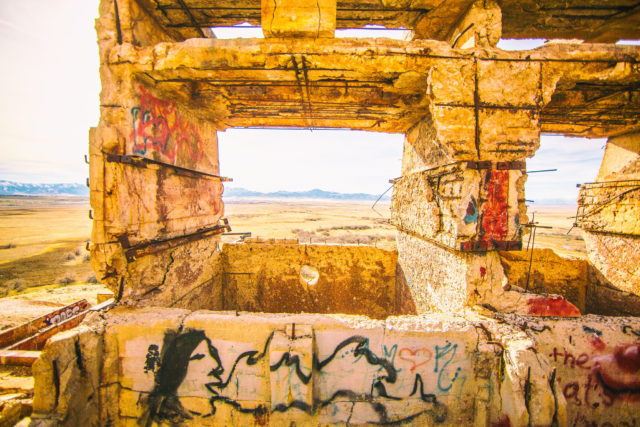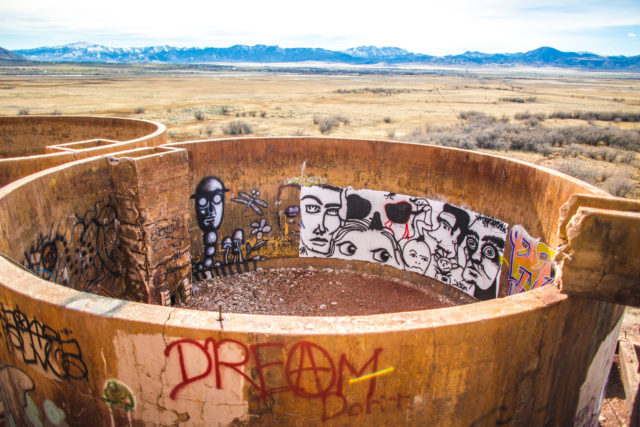The Tintic Standard Reduction Mill is also known as the Tintic Mill or the Harold Mill. The Mill was built about a hundred years ago between Genola and Goshen in Utah, USA, and it had an extremely short working lifespan. Today, the factory has been reduced to graffiti-strewn ruins.
The Tintic Mill was designed by W.C. Madge in 1920. At that time, mine owners such as Tintic Standard felt that the costs of transporting ore were too high so they were looking for ways to mill the ore themselves and then transport it.
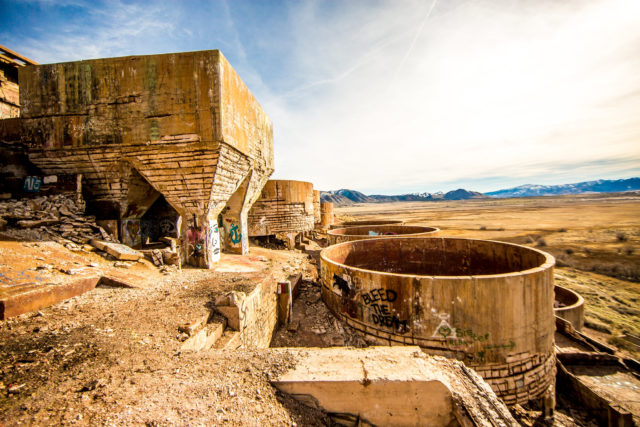
Construction was completed in 1921 after which the plant immediately began processing ore containing precious metals. The metals processed here included copper, gold, silver, and lead. All of these were obtained from another mill over in Eureka.
Sometimes referred to as the Harold Mill, the area got this name because a town grew up nearby which was named Harold after the son of Ernie J. Raddatz, a prominent Utah mining entrepreneur.

The Tintic Mill was one of the first American plants to use the “Augustin Process” in the 1920s which involved acid-brine chloridizing and leaching.
This is a process during which the ore is treated with chemicals that separates the valuable metals into soluble salts while the impure elements remain insoluble.
However, this method was not an ideal way to extract precious metals. Technology was already coming up with new and more efficient methods around the time that the mill was operating.
This meant that the mill very quickly became obsolete and was closed in 1925.
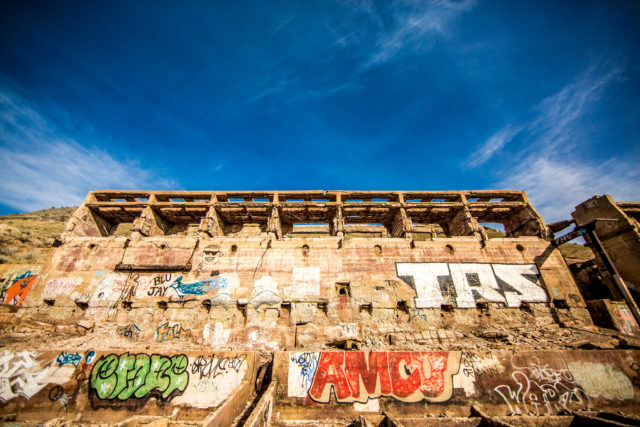
After having been operational for only four years, the mill was left abandoned on the hillside. However, the complex looks quite dramatic with the manmade structures contrasting with the natural landscape around them.
The remains of the facility include the foundations of huge water tanks, crushers, drain boxes, iron boxes, and leach tanks. The fact that they are all still standing today suggests good quality workmanship and materials were employed during their construction. Although it didn’t operate for very long, this mill was built to last.
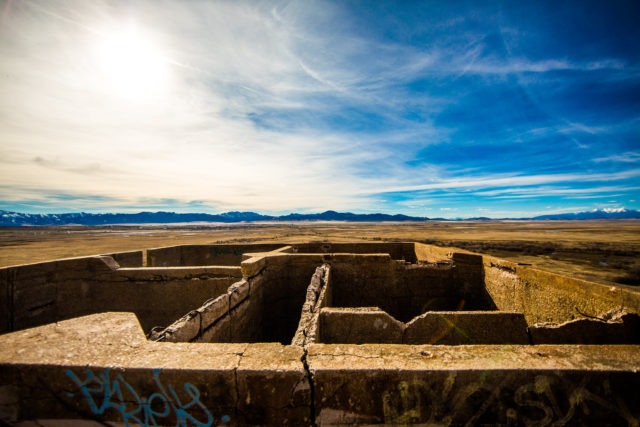
In 1978, Tintic Mill was included in the National Register of Historic Places. However, this did not stop graffiti artists from covering the rusty casings of the equipment with graffiti, although some have said that the artwork lends a touch of color to this huge space.
Heavy metals from the processes carried out at the mill have contaminated the Warm Springs below, meaning that swimming in the springs is not allowed anymore.

The Tintic Standard Reduction Mill dominates the landscape and has become a fascinating place that draws people to the area. Many visitors describe the remains as looking like the ruins of a castle.
However, the land belongs to the state, and unauthorized persons are prohibited from entering it. Some websites warn that local police will enforce this no access policy.
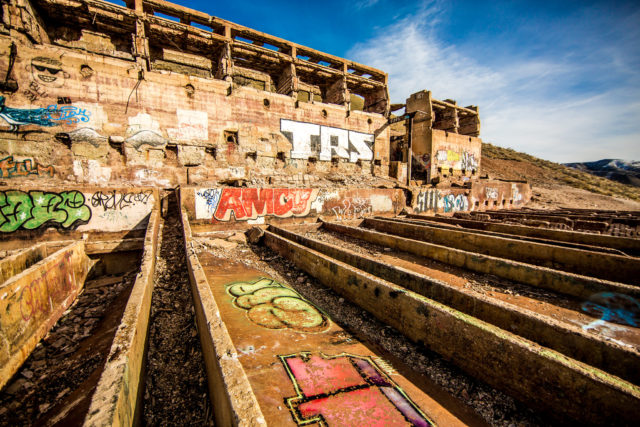
In addition, the mill is located on steep, slippery slopes of rock which makes getting to it very difficult. The exposed rebars and other metalwork extruding from the structure also make this an extremely hazardous place to visit.
In an effort to deter trespassers, barbed wire fencing has been erected around the abandoned mill. There are also various signs put up by the Utah state agency. One in particular warns of high levels of arsenic and lead in the water, rock, and dust, making visiting the mill very dangerous indeed.
The owner of these pictures is Thomas Hawk. A prolific photographer, Hawk publishes his own photographs and his goal is to create a library of 1,000,000 wonderful photos. He mostly focuses on America. You should definitely check out his Flickr account which contains more than 3,000 photo albums.
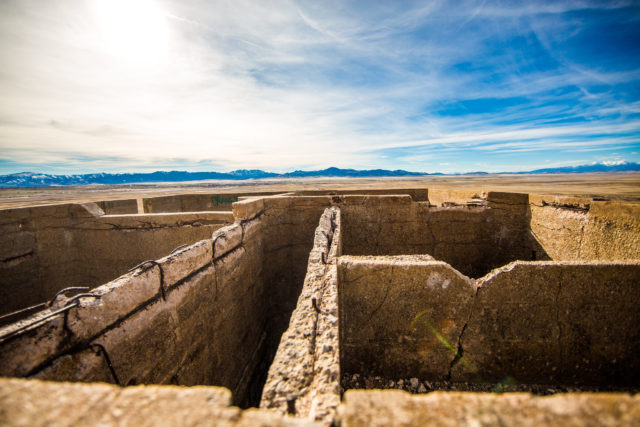
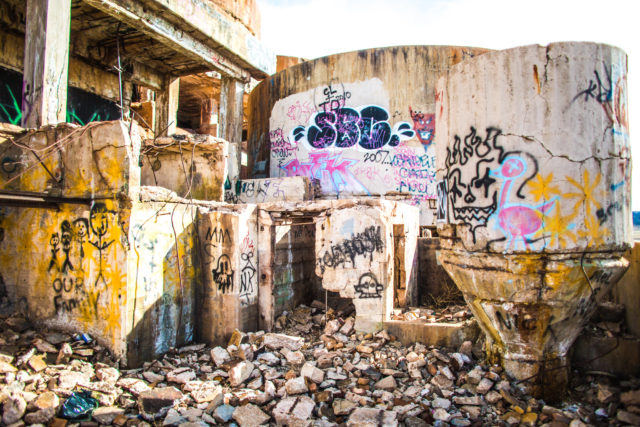
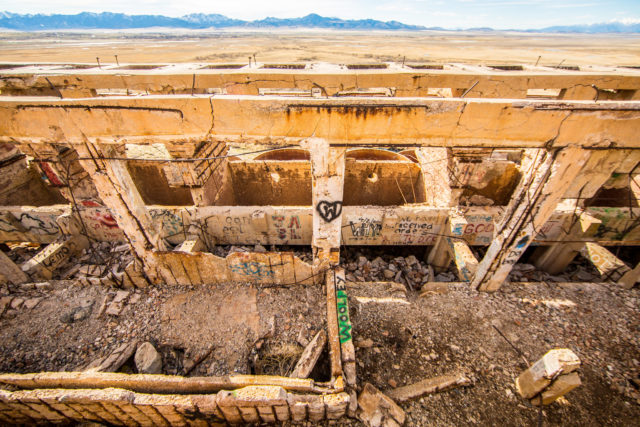
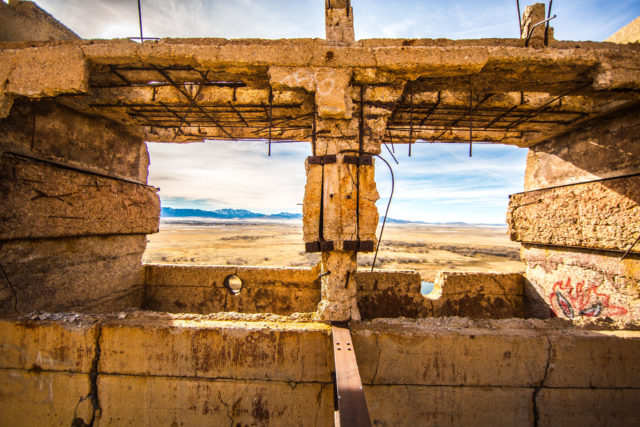
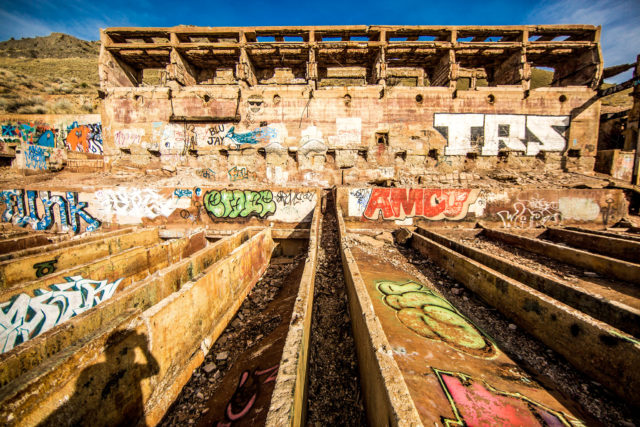

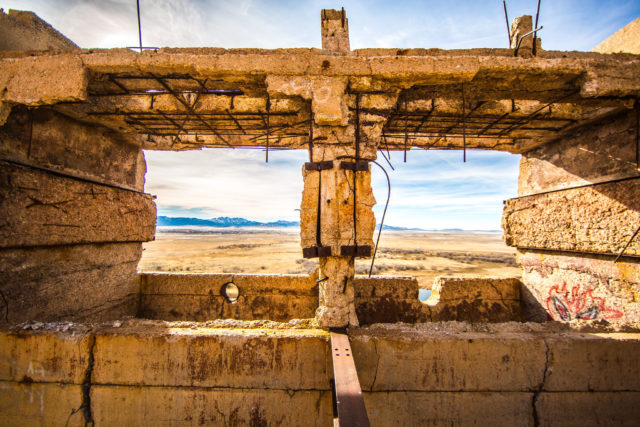
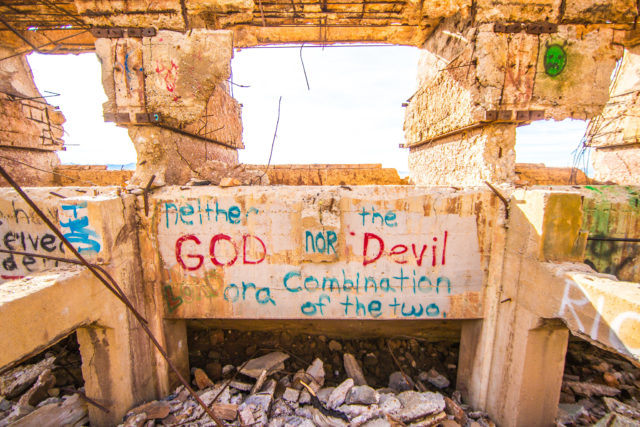
SS United States: A Fate Unknown
